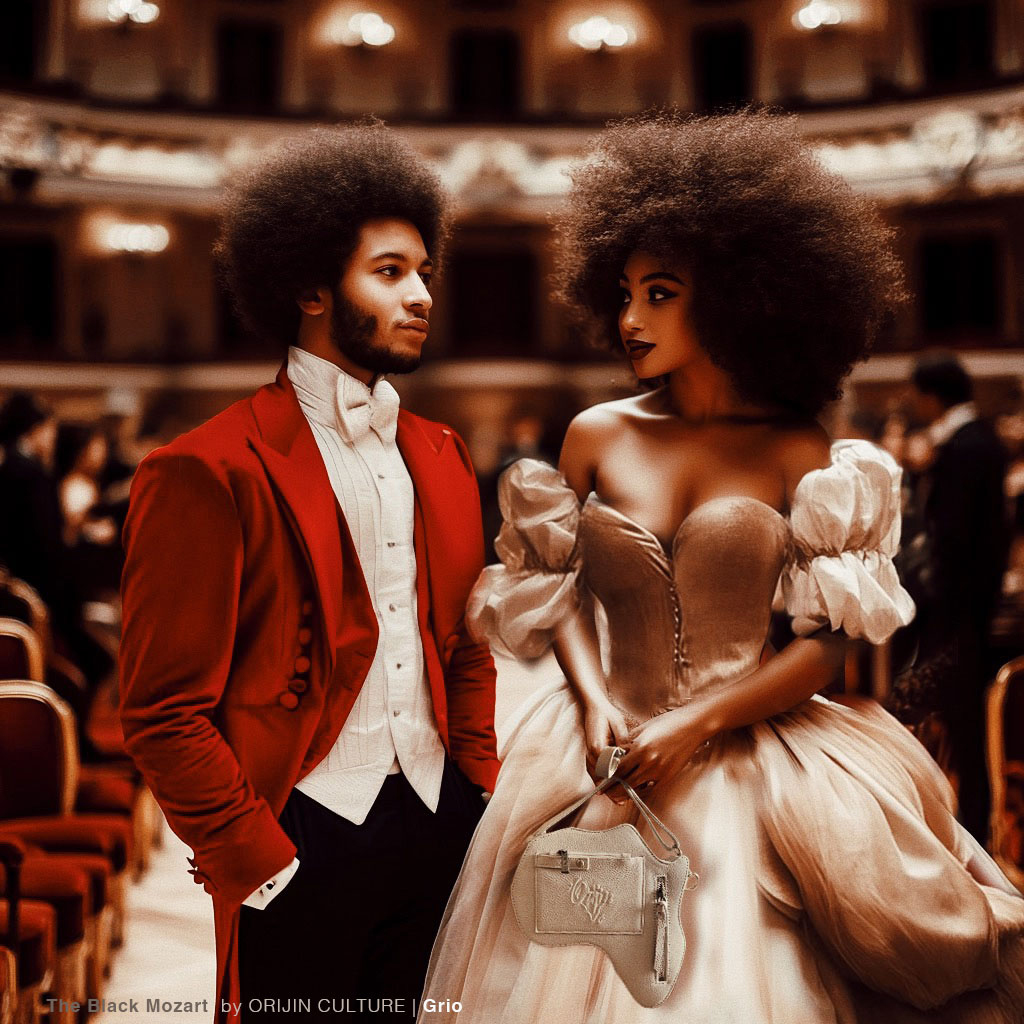It was the 1800s, a time when the world was steeped in classical music and fine art and culture. In a bustling European city, whispers of an extraordinary event spread like wildfire. ブラックモーツァルト, the brilliant composer and violinist, was set to perform. This wasn’t just any performance; it was an event that drew the elite, the fashionable, and the daring. And in the midst of this grand occasion, I, a Black woman designer, was determined to leave a mark. After all it was Brother performing and we had to come out right to represent.
My friends and I had spent weeks preparing for this night. We were more than just attendees; we were visionaries, bringing the elegance and richness of Afro fashion to the heart of Europe. Our gowns were crafted from the finest silks and adorned with intricate patterns inspired by our African heritage. Each stitch was a tribute to our culture, a celebration of our identity.
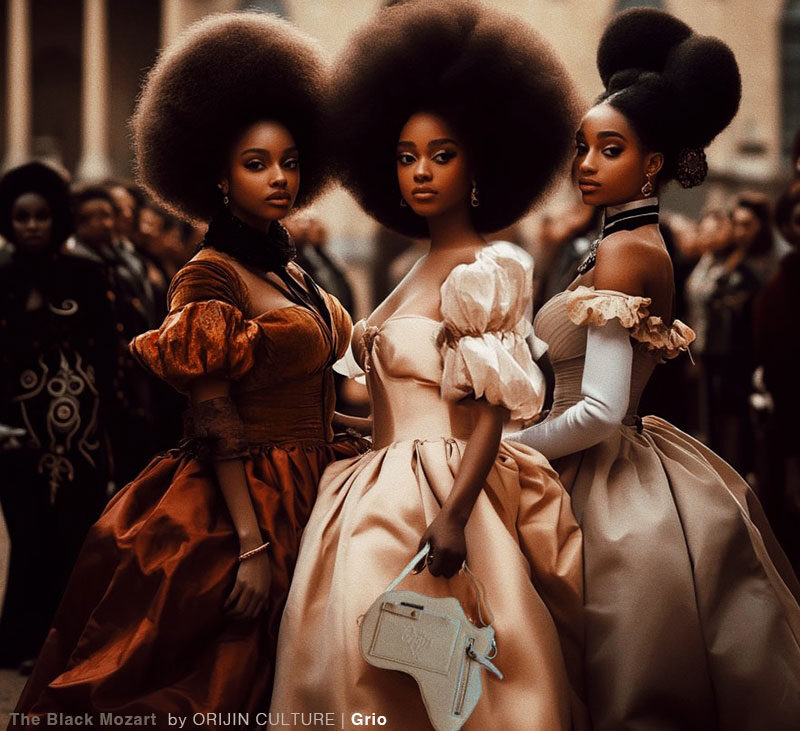
As we arrived at the grand concert hall, heads turned and whispers filled the air. Our entrance was nothing short of spectacular. I wore a flowing gown of ivory that shimmered under the candlelight. My friends were equally stunning, dressed in bold colors and fabrics that spoke of royalty and grace. My unique Africa-shaped leather bag was of course the talk of the night with many compliments. おおはい! It indeed add the perfect finishing touches to our ensembles. Inside, the atmosphere was electric. The concert hall was adorned with opulent chandeliers, and the audience buzzed with anticipation. We found our seats, and as the lights dimmed, Le Mozart Noir took the stage. His presence was commanding, his talent undeniable. The music he played was a fusion of classical elegance and African rhythm, a testament to his unique genius.
During the intermission, we mingled with the elite, our Afro fashion drawing admiration and curiosity. One by one, they approached us, eager to learn about our designs and the inspirations behind them. “Pride for my rich heritage and culture” I had replied so much it begun to sound like an anthem. It was a moment of cultural exchange, a blending of worlds that seemed worlds apart yet were connected through the universal language of art and fashion.
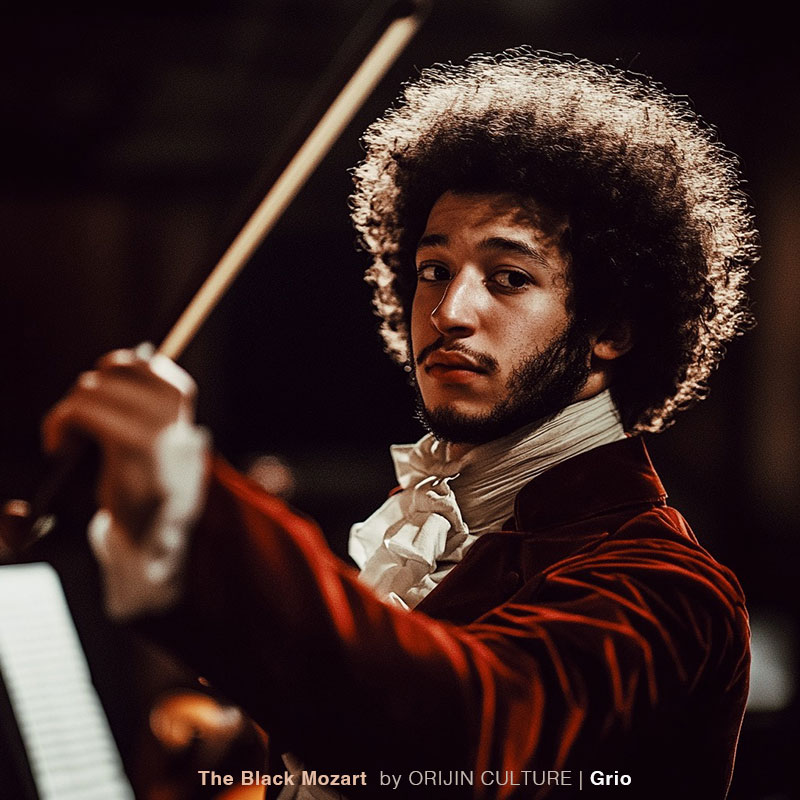 The night took an unexpected turn when a distinguished gentleman approached me. He introduced himself as a renowned art patron and expressed his admiration for my fashion. “Your designs are extraordinary,” he said. “They bring a breath of fresh air and the untold story of my African origin and Culture. My Mother is Senegalese” I smiled, humbled by his words. “I never knew and Thank you for the compliment. My fashion is and will always have a reflection of our heritage, 私たちの誇り, and our journey.” He nodded thoughtfully. “I would love to showcase your work at an upcoming exhibition. Your designs deserve to be seen by the world.”
The night took an unexpected turn when a distinguished gentleman approached me. He introduced himself as a renowned art patron and expressed his admiration for my fashion. “Your designs are extraordinary,” he said. “They bring a breath of fresh air and the untold story of my African origin and Culture. My Mother is Senegalese” I smiled, humbled by his words. “I never knew and Thank you for the compliment. My fashion is and will always have a reflection of our heritage, 私たちの誇り, and our journey.” He nodded thoughtfully. “I would love to showcase your work at an upcoming exhibition. Your designs deserve to be seen by the world.”
My heart soared. This was the opportunity of a lifetime, a chance to shine Afro fashion to the forefront of the European fashion scene. We exchanged contact information(Don’t forget this is all in my imagination, so it’s okay for me to picture unzipping my Africa Bag and pulling out my phone, LOL). After exchanging numbers, I knew that this was just the beginning of something monumental.
As the concert came to a close, the audience erupted in applause. Le Mozart Noir had once again proven his brilliance, and we had made our mark. Our fashion had not only stolen the scene but also bridged a cultural gap, showcasing the beauty and elegance of African design. In that magical night, amidst the music and the glamour, we had rewritten the narrative. We were not just spectators; we were creators, influencers, and pioneers. And as we left the concert hall, our Africa-shaped leather bags swaying with each step, we knew that our journey had only just begun for the future.
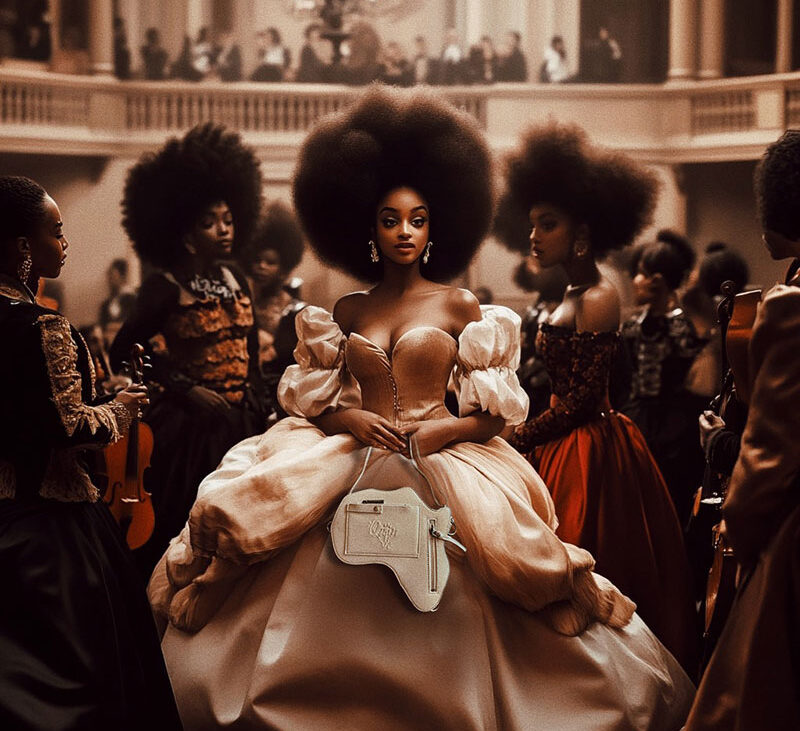

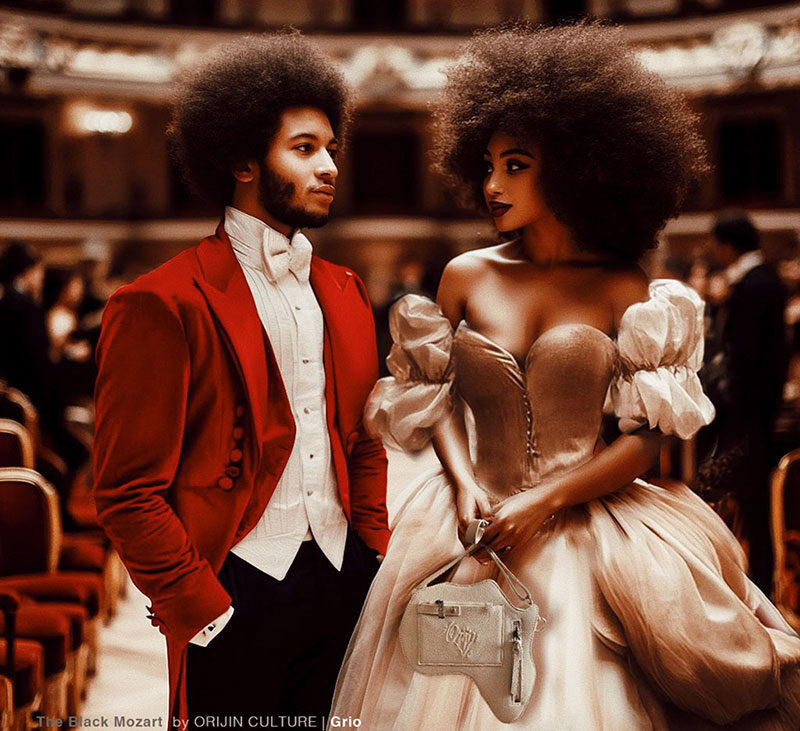
Mozart Noir, the 1st Afro-French to... | 読む MoreLess
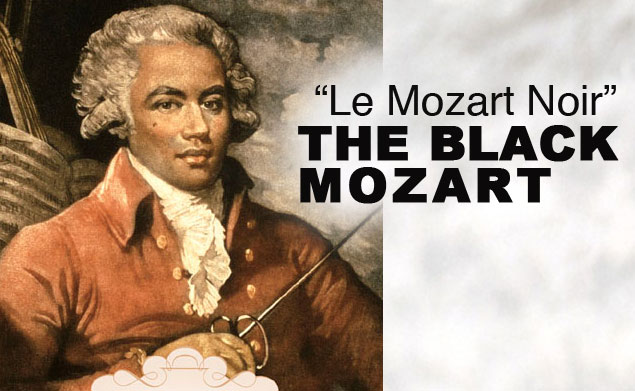
芸術は、常にアフリカの子孫の歴史や文化に重要な役割を果たしている. 多くの人々は今日、多くの場合、ヒップホップにアフリカンディアスポラの中でアートの範囲を限定しているのに対して、, ラップ, R & B, コンテンポラリーダンスとすべての他の新興現代音楽の芸術的な表現形式, アフリカの子孫はに貢献していると芸術のすべての形式において重要な役割を果たしていると、それらに重要な、重大な印象をした.
ジョゼフボー(する)Logne, セントジョージの騎士 (月 25, 1745 - 6月 10, 1799) also known as “Le Mozart Noir” or “the black Mozart” was the first black man to lead France’s most important orchestras. 作曲家, 導体とバイオリンの名手, Chevalier de Saint-George was born to an enslaved Senegalese Mother and a French colonialist in the French-Caribbean island of Guadeloupe and moved to France at the age of 8. またスイマーと剣士としての彼の運動能力で知られて, 彼は、弦楽四重奏団の初期のフランスの作曲家の間でもあった, 交響曲concertantes, と四重奏concertantes.
ヴァイオリニストとしてシュヴァリエドサンジョルジュの贈り物は、しばしば賞賛に満たされる. アリオンCDに 55445 (1999) バイオリニストジョエルマリーFauquetは "バイオリンの彼のビロードのような才能は時々彼に彼の日の賢い人の芸術家に優先を与えた"と宣言した. ルコンサートの指揮者として彼の優れた才能は、彼が持つものとして宣言されているという事実によって表現された “パリで、おそらくヨーロッパでの交響曲のための最高のオーケストラ” by The Musical Almanac in 1775.
彼の指摘の才能と成功にもかかわらず, シュヴァリエドサンジョルジュは、人種差別から無縁ではいられなかった. 彼は、オペラの音楽監督として提案されたとき 1776, 多くは抗議していることを宣言女王に嘆願書を作った"自分の名誉とその繊細な良心は、それらが混血の受注に送信できるようにすることができませんでした。"これらの記載異議にもかかわらず、, he persevered on and became one of the biggest stars in 18th century France.
Bob Marley advised “Don’t gain the world and lose your soul, 知恵は、銀や金よりも良いです。…". 唯一の私たちの豊かな文化と歴史の獲得知識を通じて、私たちは、ボブマーリーのうちスポーク知恵を帖することができます. シュヴァリエドサンジョージの物語は、アフリカの世界史の重要な一部として提供するだけではなく、, それはまた、意欲的なアーティストのインスピレーションとして機能.
It's beyond Fashion for us, It's weaving our own stories with pride and preserving our heritage in style. Enjoy your shopping Below.
Share the ORIJIN CULTURE
最新記事 by Nekita (全て見る)
- リアーナの前にグレースジョーンズがあった - 月 27, 2014
- マリンバ: フリーダムの発現, まだ私のアフロ·エクアドル… - 月 25, 2014
- 誰が世界のレゲエ資本であることに主張して? - 月 24, 2014


